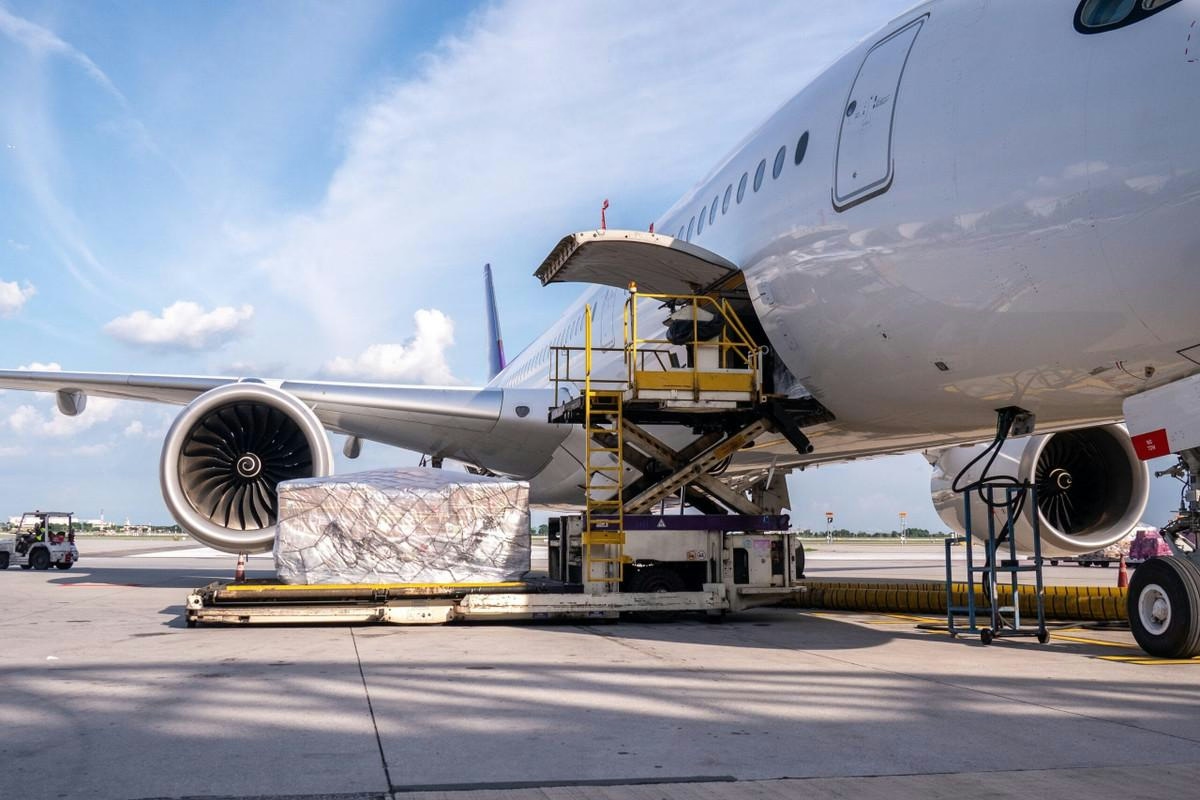
AeroGenie: Su copiloto inteligente.
Tendencias
Categories
Advancements in Autonomous Drone Avionics Underway in Phoenix
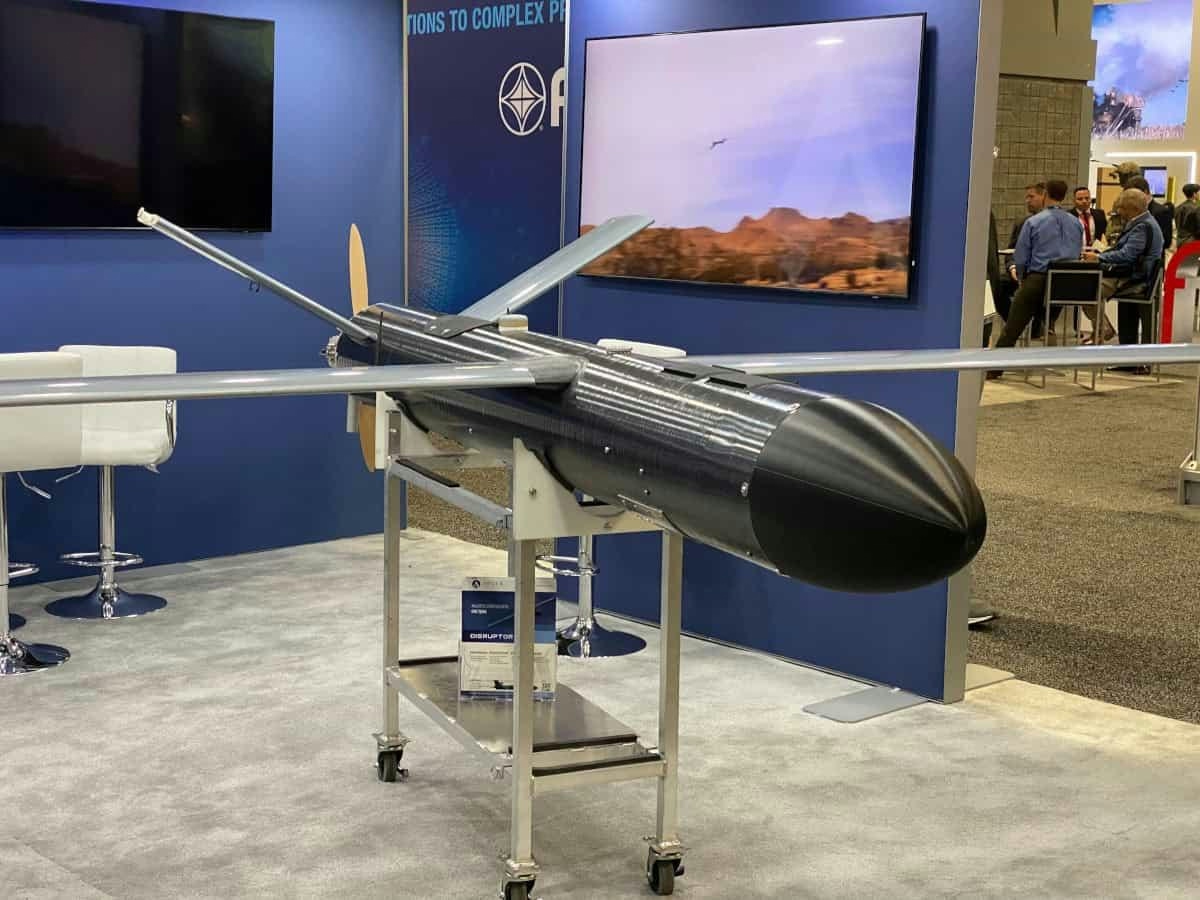
Advancements in Autonomous Drone Avionics Underway in Phoenix
Pioneering Autonomous Flight Technology
In the Deer Valley area of Phoenix, Honeywell Aerospace’s Advanced Air Mobility (AAM) laboratory is spearheading the development of avionics systems designed to enable autonomous drone operations. While Honeywell does not manufacture drones themselves, their avionics—essentially the electronic control systems that serve as the aircraft’s "brains"—are integral to current and future autonomous flight technologies. These systems are evolving to allow drones to operate with minimal human intervention, potentially revolutionizing the transportation of people and goods.
Taylor Alberstadt, Honeywell’s senior director of sales, explained that the company’s objective is to delegate tasks traditionally performed by human pilots to onboard computers. This shift would allow human operators to focus on oversight rather than direct control. Alberstadt envisions a future where pilots remotely monitor multiple drones simultaneously from centralized command centers, rather than piloting each aircraft individually.
Integration and Industry Applications
Honeywell’s avionics are already being incorporated into next-generation aircraft. A prominent example is Archer Technologies, which plans to launch its electric air taxi service at the 2028 Los Angeles Olympics. These air taxis, unlike conventional helicopters, utilize electric or hybrid propulsion systems capable of vertical takeoff and landing, offering a more environmentally friendly alternative to fuel-powered aircraft. In addition to passenger transport, smaller autonomous drones are increasingly deployed for package delivery, with Amazon actively conducting drone deliveries in Phoenix’s West Valley.
The expansion of autonomous drone technology is not limited to urban air mobility. The agricultural sector is rapidly adopting precision farming drones, contributing to significant growth in the agricultural drone market. Military applications are also advancing, with the U.S. Air Force testing platforms such as MightyFly’s Cento drone and Honeywell collaborating with the Department of Defense on autonomous helicopters. Although safety pilots remain onboard during these experimental flights, autonomy is playing an increasingly dominant role. Sapan Shah, Honeywell’s Senior Director of Product AAM and Autonomy, noted that during recent tests, pilots were hands-off for extended periods as the autonomous systems controlled the aircraft.
Challenges and Future Prospects
Despite promising developments, several obstacles remain before autonomous drones can achieve widespread adoption. Regulatory challenges are significant, particularly concerning drone operations above 400 feet, where the Federal Aviation Administration (FAA) and related studies have expressed safety concerns. Infrastructure also poses a hurdle; while existing airports and helipads can serve as temporary bases, the future will require dedicated vertiports equipped with charging stations to support electric drones. Alberstadt highlighted the vision of vertiports integrated into specific communities, facilitating efficient drone operations.
Competition in the autonomous drone sector is intensifying globally. Companies such as Anduril and General Atomics recently demonstrated collaborative combat aircraft featuring advanced autonomous and artificial intelligence capabilities at the Paris Airshow, underscoring the international race to develop long-endurance, intelligent drones.
Public acceptance remains a critical factor in the technology’s advancement. Concerns about privacy and safety persist, with Alberstadt acknowledging the need to build trust regarding drones’ surveillance capabilities and operational reliability. Questions about whether drones might invade personal privacy or pose physical risks must be addressed to gain broader societal approval.
Nonetheless, the potential benefits of autonomous drones—including emissions-free operation and enhanced efficiency—continue to drive investment and innovation in Phoenix and beyond, positioning the city as a key hub in the evolving landscape of advanced air mobility.

FACTS Summit 2025 in Sydney Highlights Innovation and Sustainability in Asia-Pacific Corporate Travel and Aviation
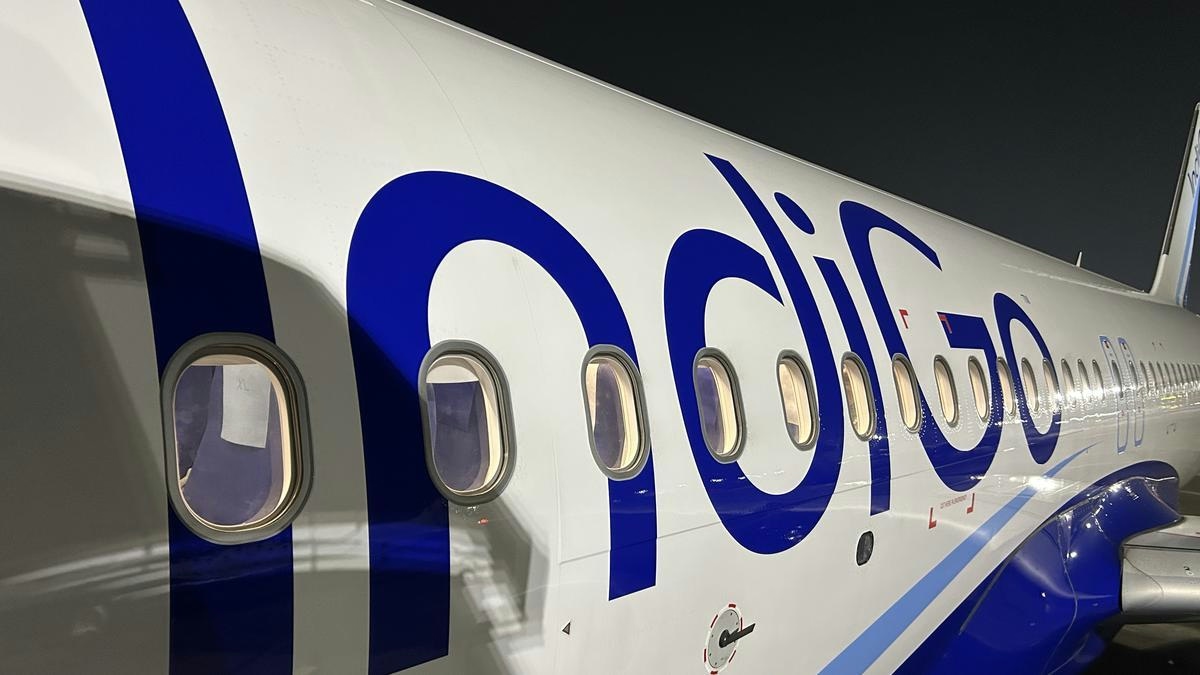
IndiGo to Deploy Wide-Body Aircraft on Vijayawada-Hyderabad Route, Says MP
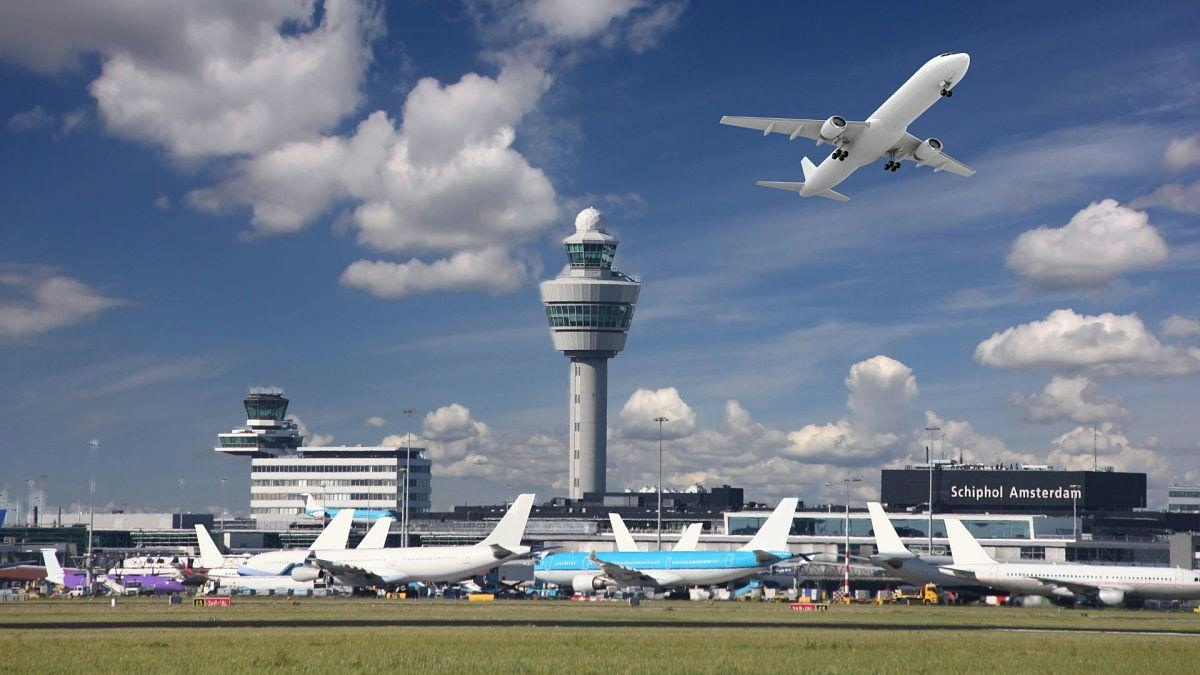
Europe Unveils New Aviation Strategy to Promote Cleaner, Faster Flights
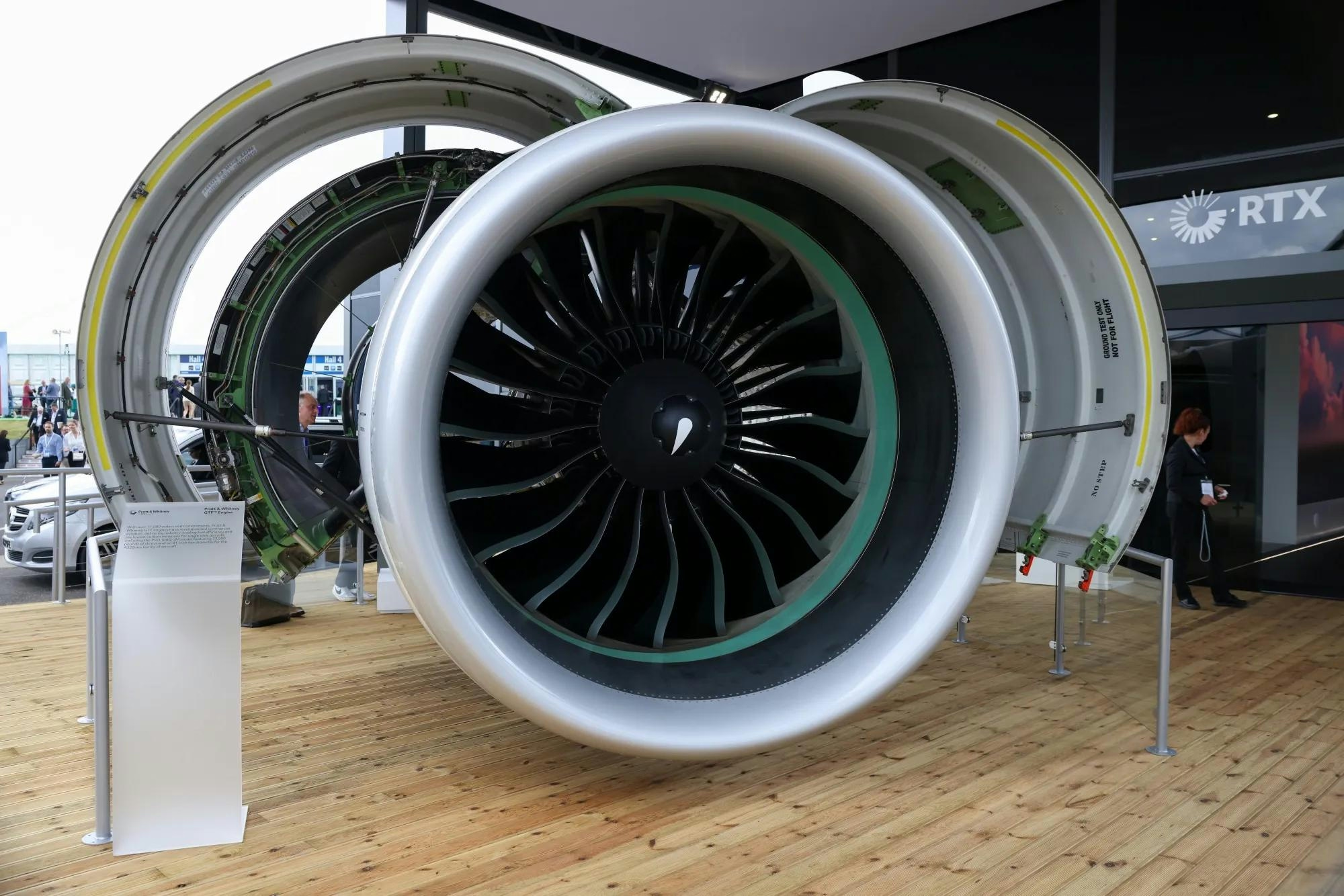
Spirit Signs Agreement with Pratt & Whitney Units on Aircraft Engines
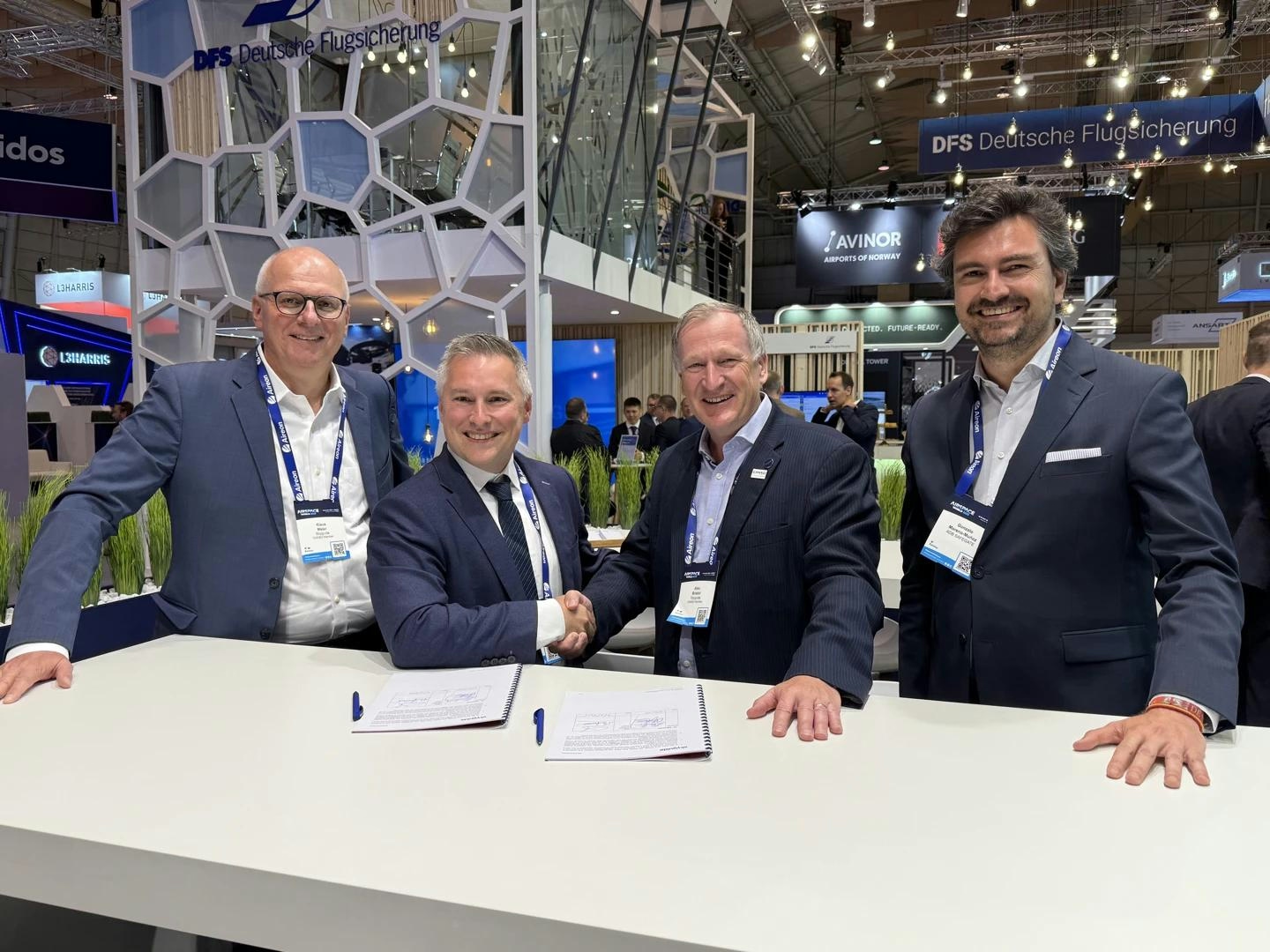
ADB SAFEGATE Receives Industry Awards for Marketing, R&D, and Social Impact

GA Telesis Secures Five-Year Landing Gear Overhaul Agreement with Major U.S. Carrier
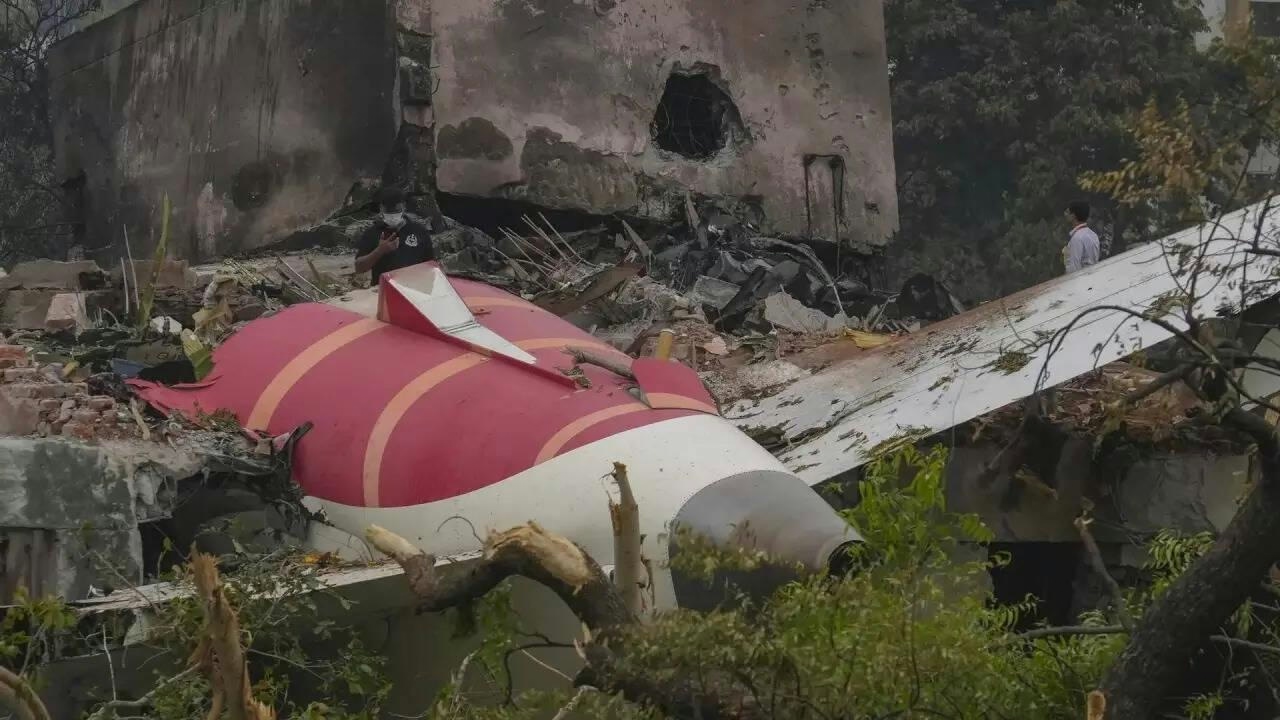
Government Strengthens Aviation Safety Framework Amid AI-171 Investigation
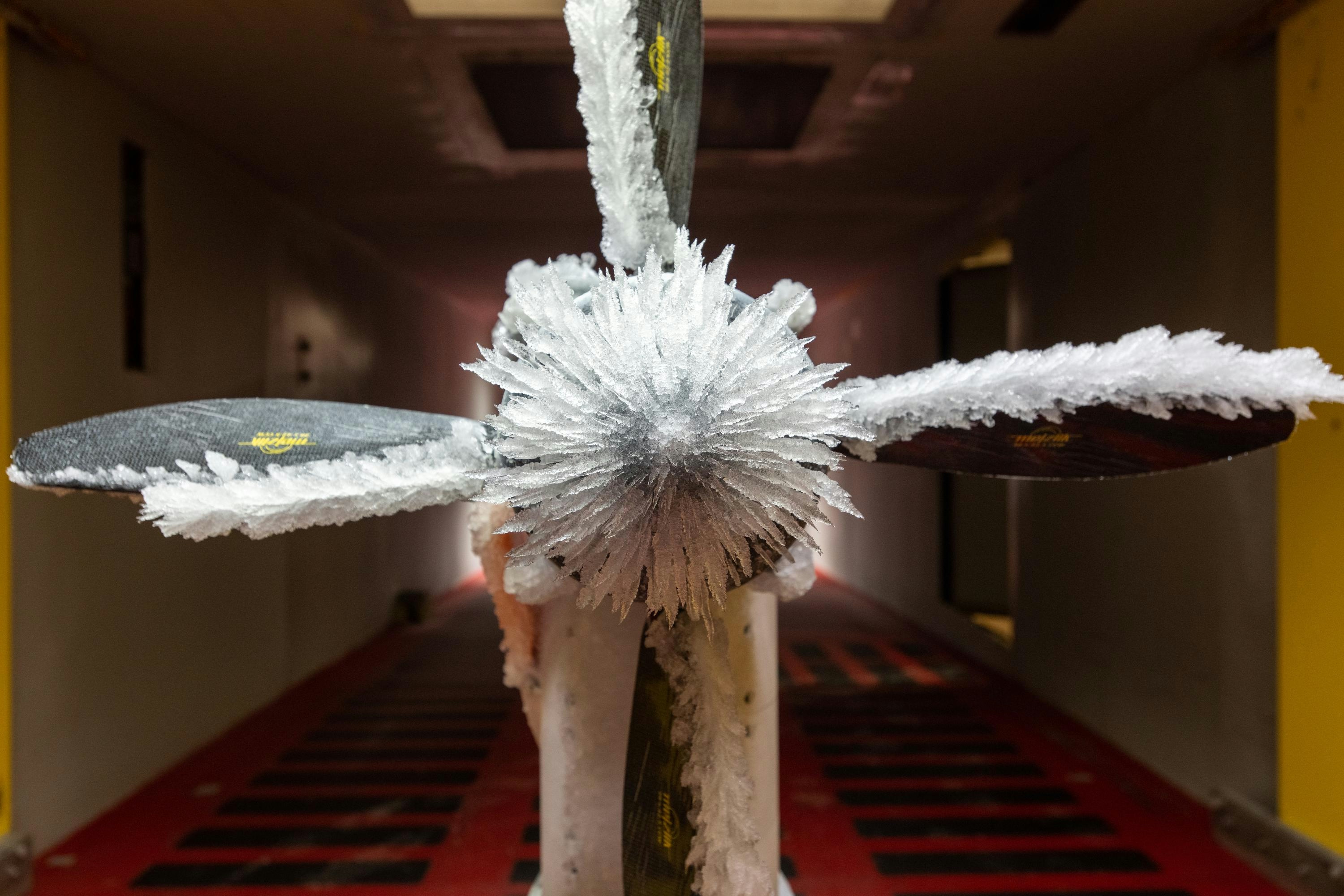
NASA Software Raises Bar for Aircraft Icing Research
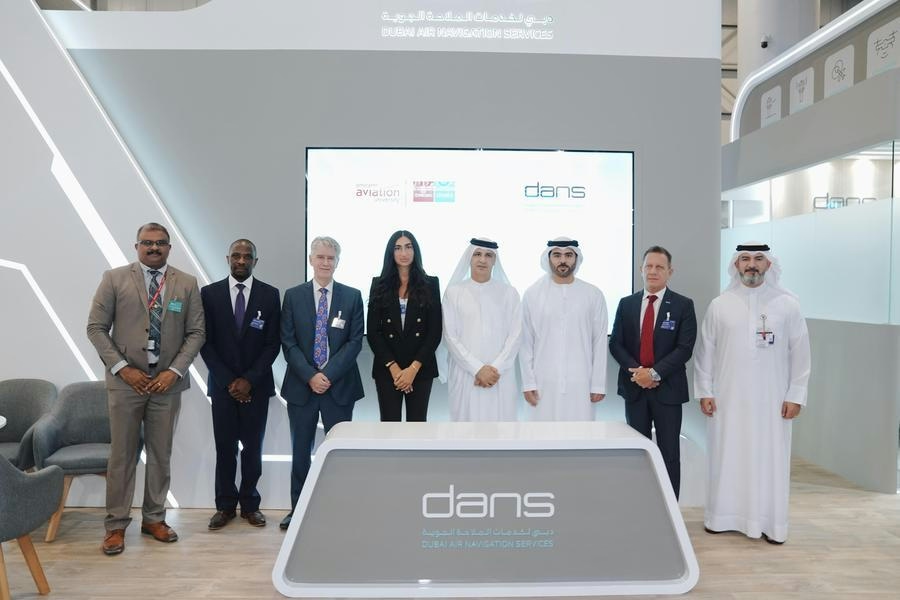
Dans and Emirates Aviation University Partner on AI Air Traffic Management Research
